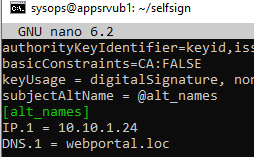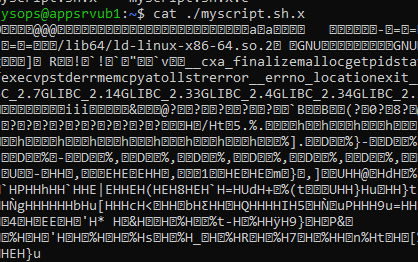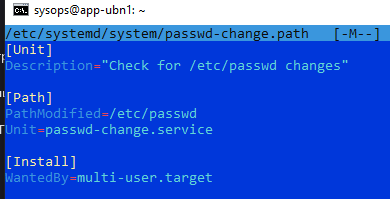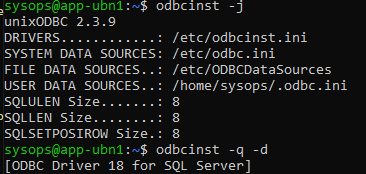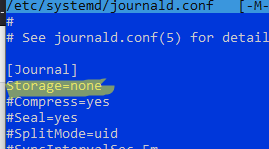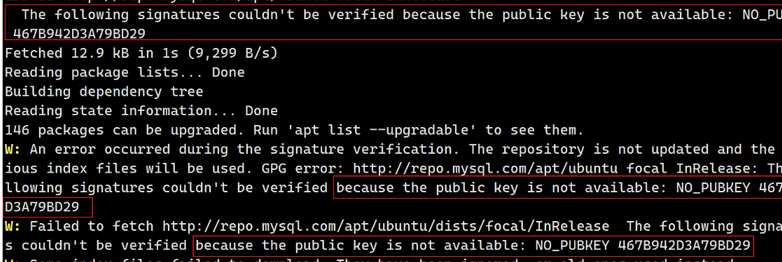You can use self-signed certificates for internal use or testing of HTTPS web services. This means you don’t need to buy a certificate from a commercial CA or generate a free Let’s Encrypt certificate. This article describes how to use the OpenSSL tool to issue a self-signed certificate in Linux, bind it to the Nginx web server and add it to the trusted certificate list on the user’s computer.
Continue reading “Creating a Self-Signed Certificate in Linux with OpenSSL”

